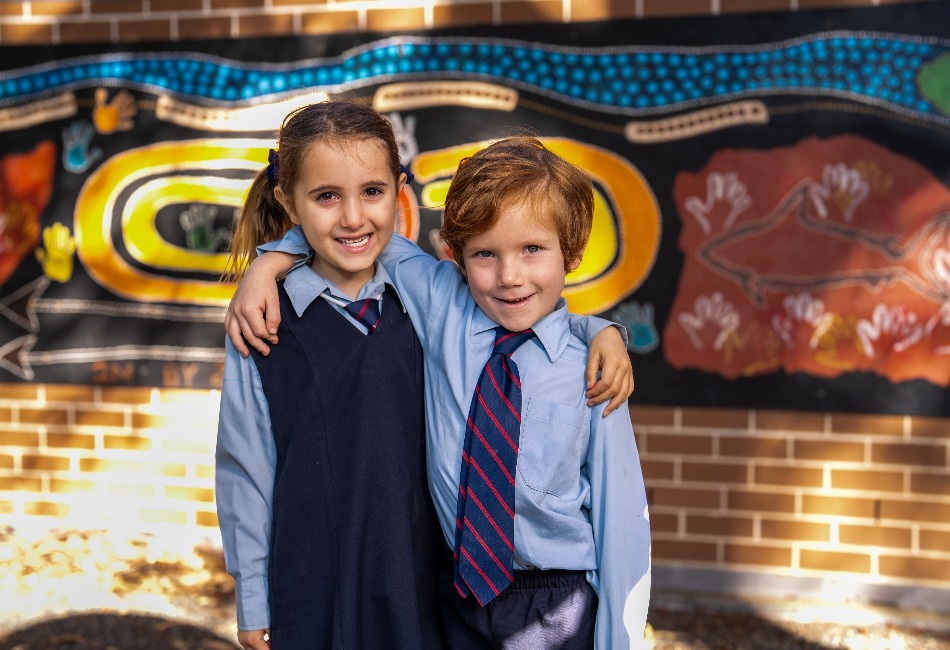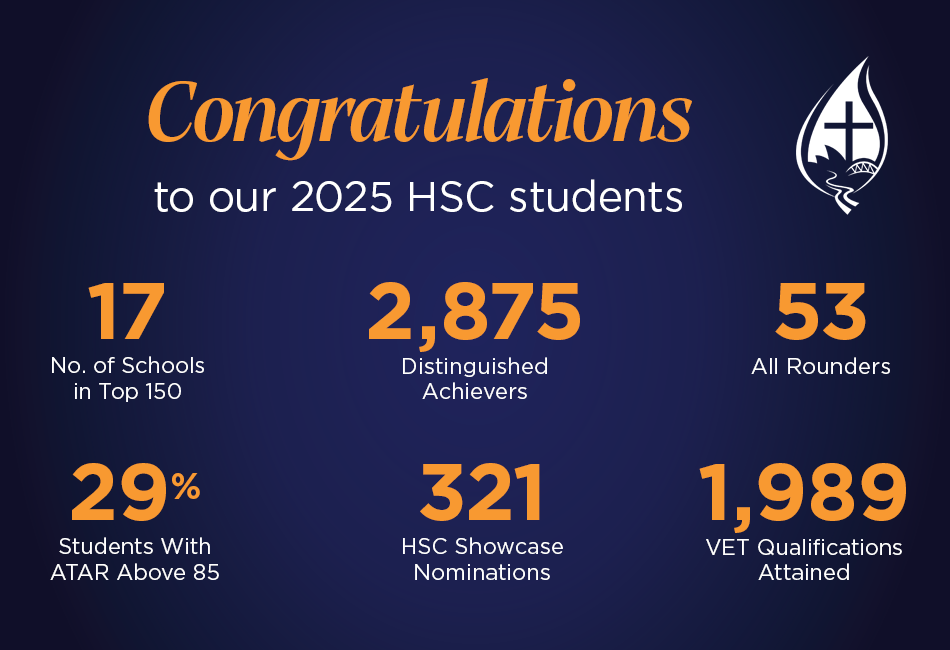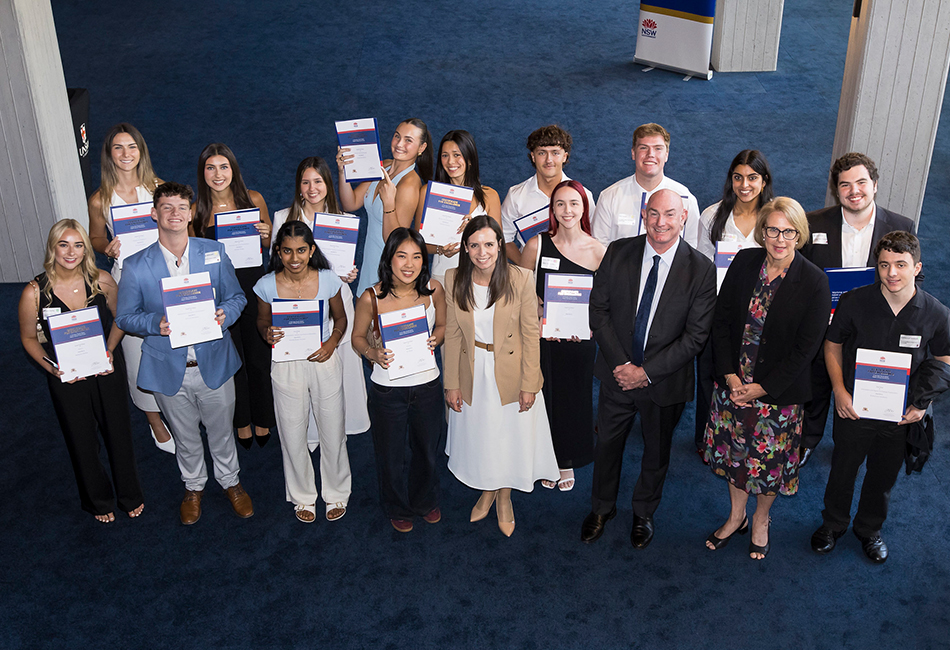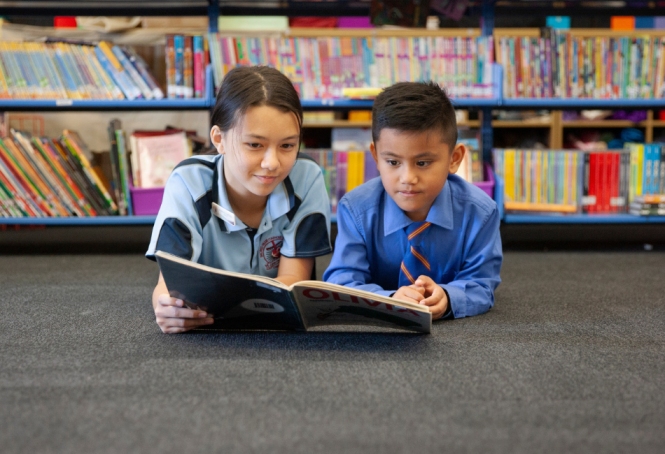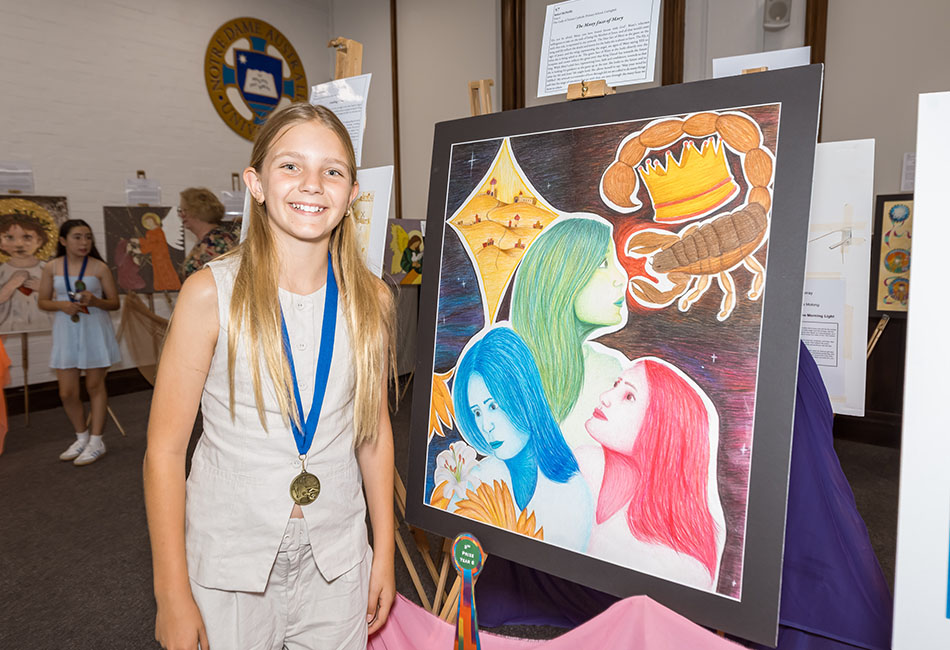NAIDOC Week (6-13 July) is an opportunity for us all to reflect on the rich cultures, deep histories, and remarkable achievements of Aboriginal and Torres Strait Islander peoples.
This year’s theme, ‘The Next Generation: Strength, Vision & Legacy,’ also has particular significance to young people. It’s a reminder that the future is in their hands, and that they have the power to carry forward the stories and spirit of those who came before.
So how do we encourage our children to embrace the wonders of Indigenous culture in the classroom and at home? And why is it so important that they learn and celebrate our nation’s Indigenous identity?
Stoking curiosity
In classrooms throughout NAIDOC Week, young learners will engage with stories, historical accounts, and Indigenous perspectives that enrich their understanding of Australia’s past and present.
These are moments to listen deeply, ask questions, and better understand the place we call home and the people who have continued to care for it for over 65,000 years. It’s also a chance for children to develop empathy, to see history through a new lens, and to think critically about the future they want to be part of.
Families can help build on this at home by reading books or watching programs created by First Nations people, and asking their children to explain and reflect about what they’ve learnt at school.
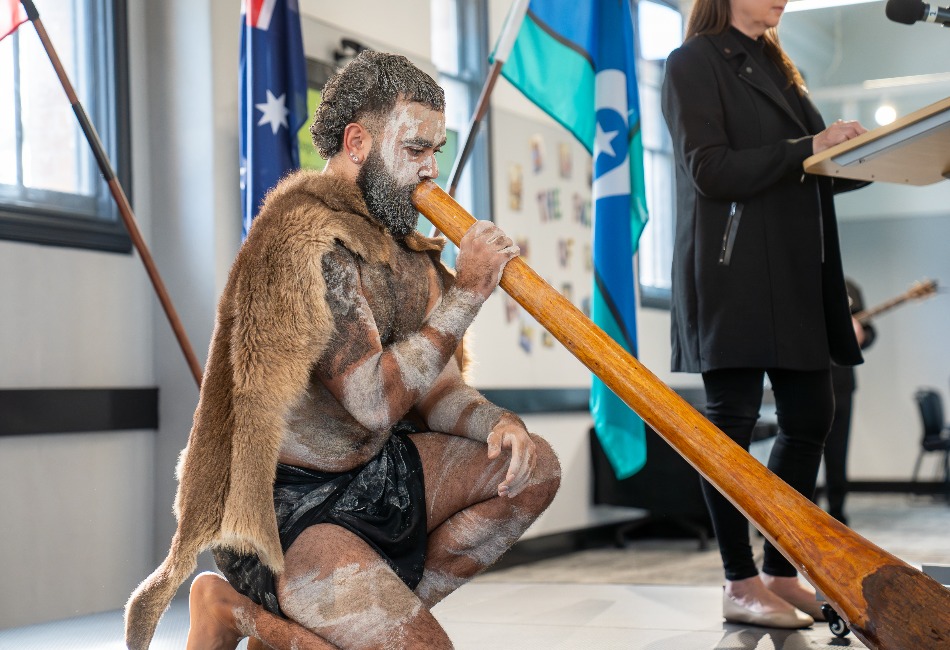
Art and performance has always been a powerful part of Aboriginal and Torres Strait Islander culture, and during NAIDOC Week, young people will be encouraged to respond to the 2025 theme through creative projects.
Whether it’s experiencing First Nations music and dance, or crafting traditional artworks and pieces, students will come together to explore culture and honour our First Nations people past and present.
This creative engagement helps young minds understand that art is not just decorative but also a means of storytelling and keeping identity alive.
Leading the way
NAIDOC Week is also a platform for youth leadership to shine. Students may lead an Acknowledgement of Country – a statement of recognition of the Traditional Custodians of the land that can be given by both Indigenous and non-Indigenous people. Or they may help facilitate a Welcome to Country which is given by an Indigenous person with ancestral links to the land.
These are simple yet powerful ways for children to develop cultural awareness and take an active role in building respect and connection throughout their school communities.
Aboriginal and Torres Strait Islander students are especially encouraged to share their own stories, language and identity if they feel comfortable doing so, knowing that will be supported by a community that values and uplifts their contributions.
Walking together into the future
NAIDOC Week is not just a celebration of the past but a commitment to the future. It’s about empowering the next generation to carry forward a legacy that all Australians can be proud of.
By helping our children embrace the lessons of NAIDOC Week, we’re helping to build a more compassionate and united future for everyone. And that’s something worth celebrating all year round.
An emphasis on excellence in all areas of education – from academic to vocational, sport and the arts – helps Sydney Catholic Schools nurture the potential of all students in their 147-strong network of primary and secondary schools.
Click here to find your nearest Catholic school.

